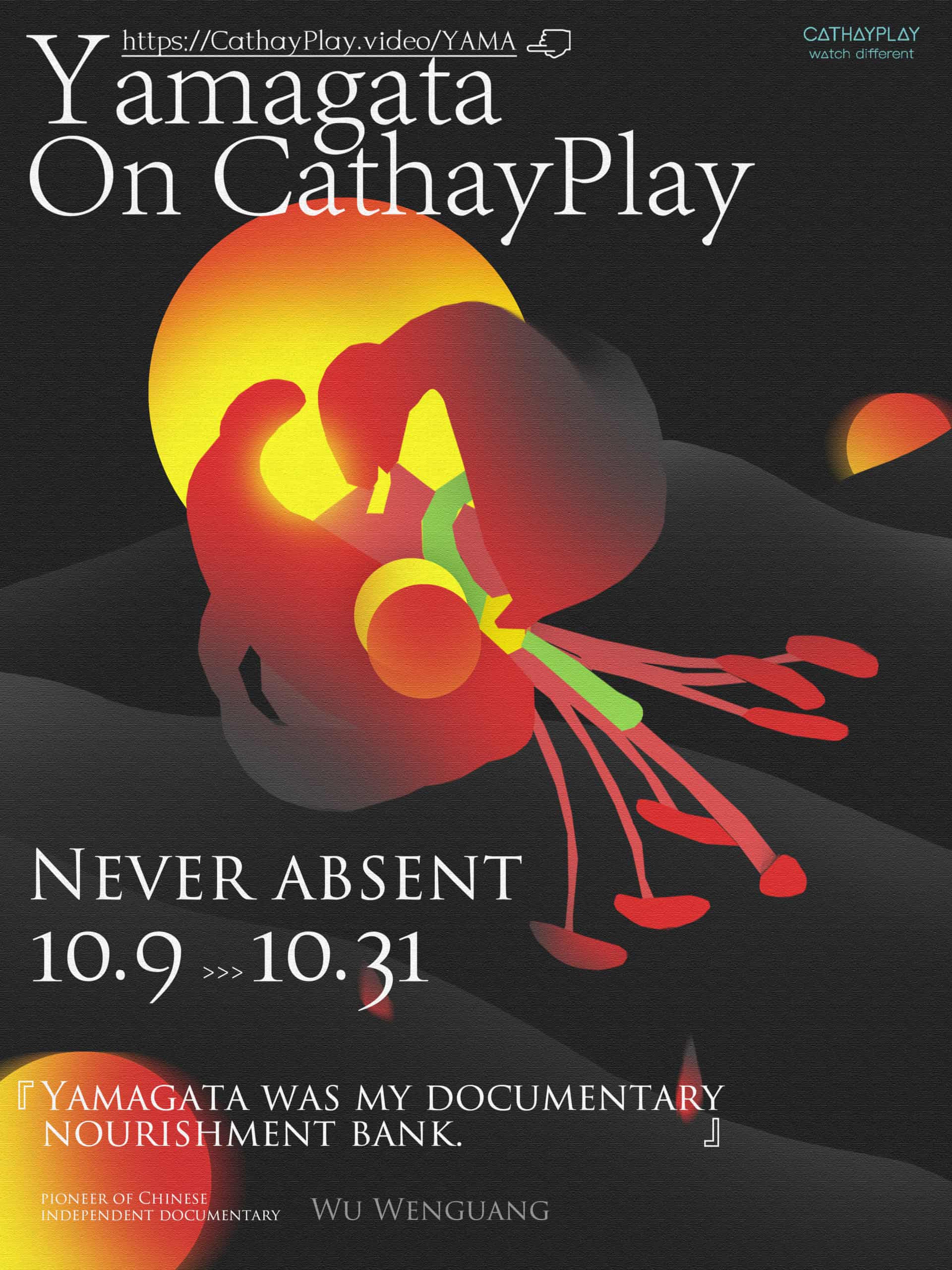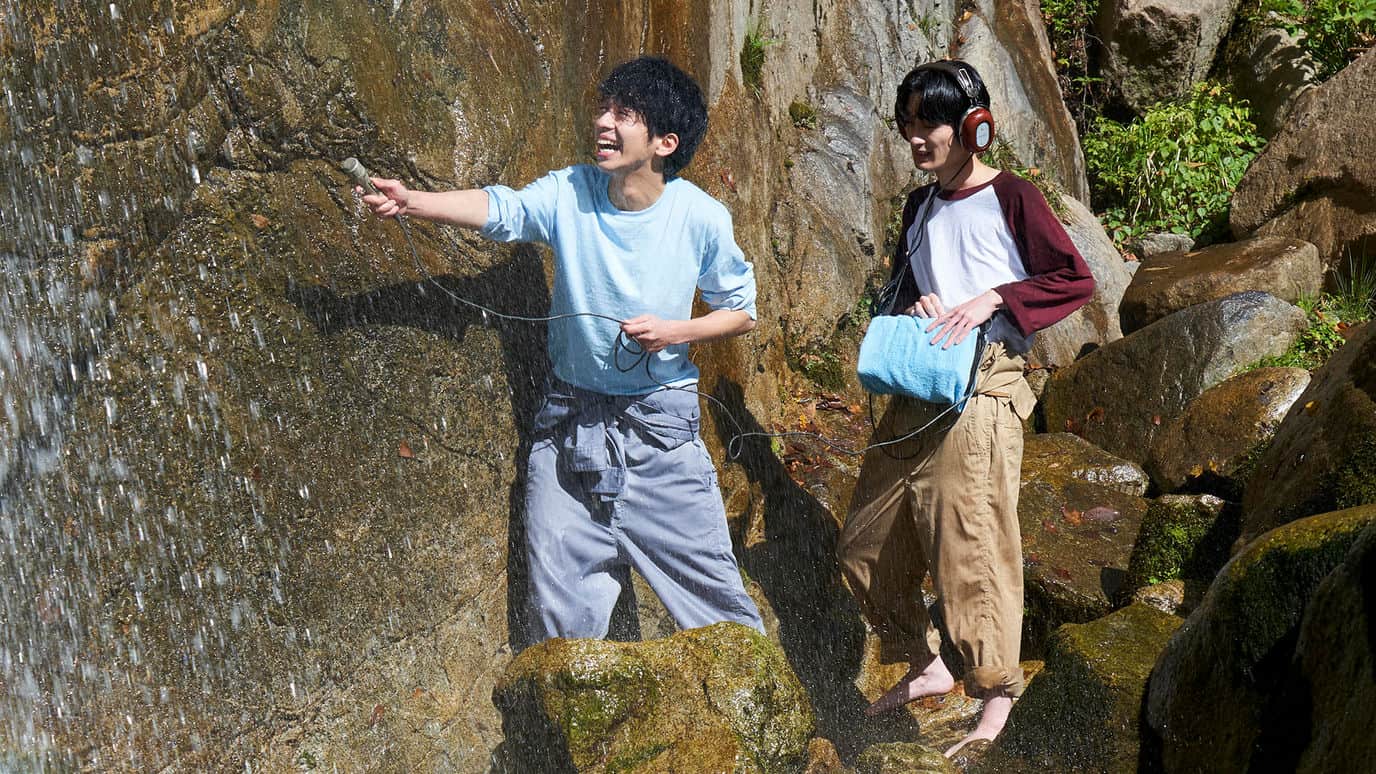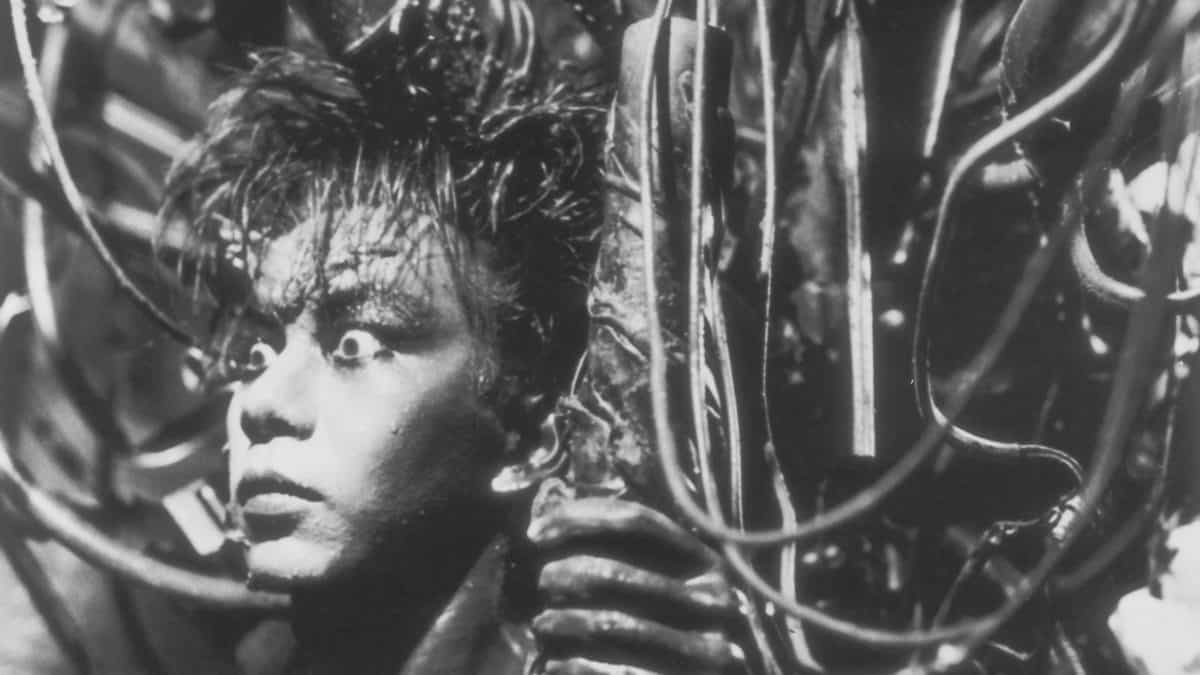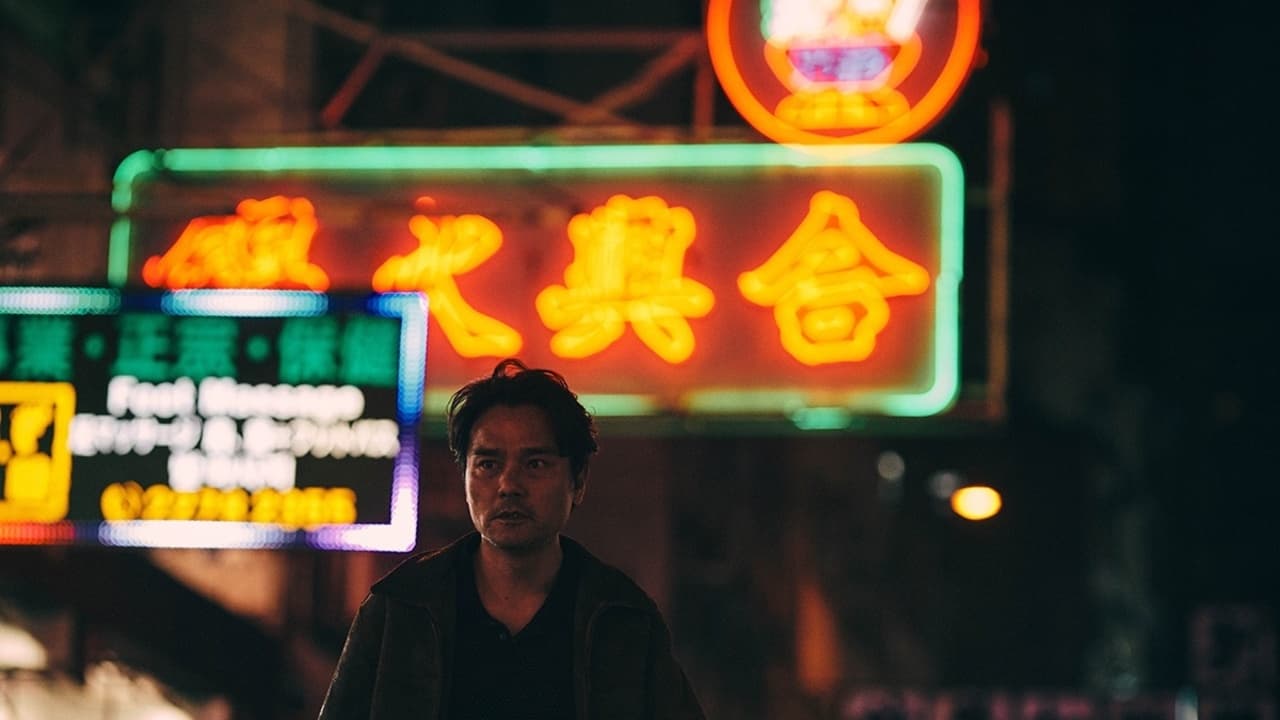With its focus on Filipino cinema the 31st exground filmfest celebrates directors from a country which, at least in Europe, are often neglected in favor of filmmakers from other parts of Asia. However, the film industry of the Philippines has much to offer, from classics directed by Lino Brocka to contemporary looks at urban and rural landscapes, for example in the films of Brilliante Mendoza. Among the films which have made an impact internationally Ishmael Bernal's “Himala”, or “Miracle”, is certainly a favorite among critics as having won numerous awards. To celebrate its 30th anniversary the film was digitally restored and premiered in Cannes in 2012.
Miracle is screening at the exground filmfest
Considering the relationship of the arts and politics, Bernal is a very interesting choice for the festival. In an article about his death in 1996, AP News remembers a man “who struggled against censorship in films portraying social injustice”. During his career, which also included working in Filipino TV and within the world of art, he directed over 60 films and is one of the most influential figures for the film industry of his home country.
“Himala”, based on a script by Ricardo Lee, is inspired by a series of Filipino teenagers who claimed to have seen the Virgin Mary. The film, set in the rural part of the Philippines, contains the core topics of Bernal's body of work: human relationships, communities and how they are shaped by outside influences like politics or faith.
The film takes place in the remote town of Cupang, marked by poverty and bad harvests, a sign the place has been cursed many years ago, according to its inhabitants. On the day of a solar eclipse, a young woman named Elsa (Nora Aunor) walks the outskirts of the village when she suddenly bows down and prays in front of a small tree believing the Virgin Mary has appeared to her. Even though her adoptive mother, Aling Saling (Vangie Labalan), do not believe her, even think she is possessed by an evil spirit, Elsa begins healing some of the sick villagers. Soon, a small flock of followers gathers around her with the word of her healing powers spreading beyond the village borders.
Meanwhile, a childhood friend of Elsa, Nimia (Gigi Dueñas) has returned to Cupang planning to open a night club with her father. Along with others, she becomes observant of how Elsa's healing powers change the village and its people who soon start exploiting the occasion, but also focus on elements such as her which might soil the now blessed reputation of their home.
As the movie slowly turns its attention away from the sole focus on Elsa and also towards the other characters, you can see the true nature of the story being told here. Bernal and Lee essentially aim to tell a parable, in the most Biblical sense, about human greed, superstition and envy. In the opening shot, just moments before the eclipse, the townsfolk cover their heads, some of them even scream out in agony believing the “end of the world” is about to happen. Terms like “end of the world” and “curse” signify the deep roots of this specific kind of blend between belief and superstition, a dangerous mixture the village priest (Joel Lamangan) is aware of. Like the curse some of the village elders talk about while drinking, this oppressive atmosphere is what defines the two hours of running time of “Himala” making some of the scenes quite uncomfortable. After all, the echoes of this kind of tone, this kind of attitude and belief ring in the ears of modern society with its gaping chasm between the rural and the urban spaces.
Among the large cast assembled, Aunor and Dueñas perhaps have the most impact on the viewer. Even though Lee's script manages to capture many interesting characters along with their way of dealing with the events of the film, the contrast between the two women is the most significant. Whereas Aunor plays her character trying to cope with the plight which has been handed to her, as well as the determination to serve those in need, Nimia's confidence and her experience with a world outside the village borders define a sobering, almost disillusioned approach to human nature. Both being the victims of exploitation and abuse, their characters prove to be the true challenge of faith, you might even say the real curse of the village. In the end, it is Dueñas' character posing the question whether they both have become whores in their own way, allowing others to have their way with them, violating them and reaping in the profits of that process.
Visually, Bernal and cinematographer Sergio Lobo frame each scene carefully, emphasizing each character as a “product” of this specific space. The use of limited spaces, small rooms and dark tones highlight the oppressing nature of the village and its inhabitants, creating a place of danger, paranoia and fear. Even though “Himala” is still a feature film, the majority of it feels almost like a documentary considering how much room is given to each of these characters and their development.
“Himala” is an uncomfortable film to watch, a movie which intensifies the feeling of being imprisoned in this small community until its terrifying, but fitting conclusion. Whether you regard the film as a tale about faith and superstition or a drama about the depressing nature of poverty, “Himala” is a story which will surely leave an impact on its viewer.
Sources:
1) www.apnews.com/eddf8d4603ec7d93cbd69a66ed3c9192,last accessed on: 11/11/2018
2) www.miraclehunter.com/marian_apparitions/unapproved_apparitions/table_all.html,last accessed on: 11/11/2018

















